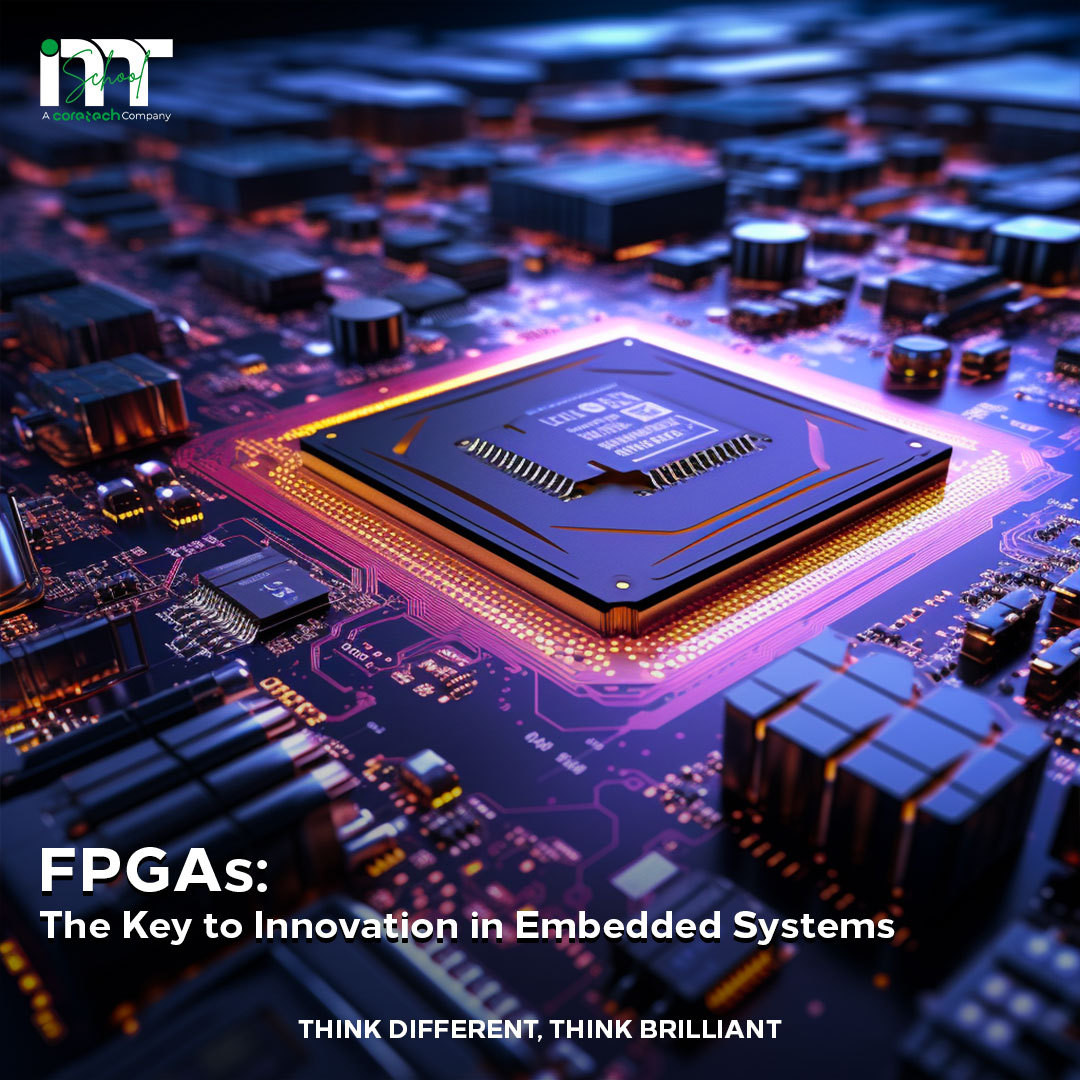
Field Programmable Gate Arrays (FPGAs)
FPGAs are integrated circuits that can be programmed or reprogrammed to the desired application or functionality after manufacturing. This feature sets them apart from Application Specific Integrated Circuits (ASICs), which are custom manufactured for specific tasks. This flexibility makes FPGAs incredibly versatile and widely applicable in the field of embedded systems.
Here are some key points about FPGAs:
-
Flexibility & Reconfigurability🔄: FPGAs can be reprogrammed to perform any digital logic function, giving a lot of flexibility to the designer. This means that if you need to modify the functionality of your system, you can simply reprogram the FPGA—no need for time-consuming and costly hardware changes!
-
Parallel Processing🔀: Unlike processors that execute instructions sequentially, FPGAs can handle multiple signals and operations simultaneously. This makes FPGAs particularly useful in applications that require real-time processing and high performance, such as signal processing, image processing, and cryptography.
-
Long-term Availability⏳: FPGAs have a significant advantage in terms of longevity. While microprocessors often become obsolete and replaced by newer models, FPGA models are usually available for a much longer period, which is crucial for embedded systems that need to be maintained for several years.
-
Design & Development Tools🛠️: There are several user-friendly software tools available for FPGA design, such as Xilinx's Vivado and Altera's Quartus Prime. These tools provide graphical interfaces as well as hardware description language (HDL) interfaces for designing and programming FPGAs.
-
Applications🎯: FPGAs are used in various applications, including digital signal processing, software-defined radio, cryptography, computer vision, voice recognition, AI, and IoT. They are used extensively in automotive, defense, telecommunications, and consumer electronics industries.
FPGAs in embedded systems open up a world of possibilities due to their flexibility and ability to carry out parallel processing. As technology continues to evolve, we're sure to see even more innovative uses of FPGAs in the future!





